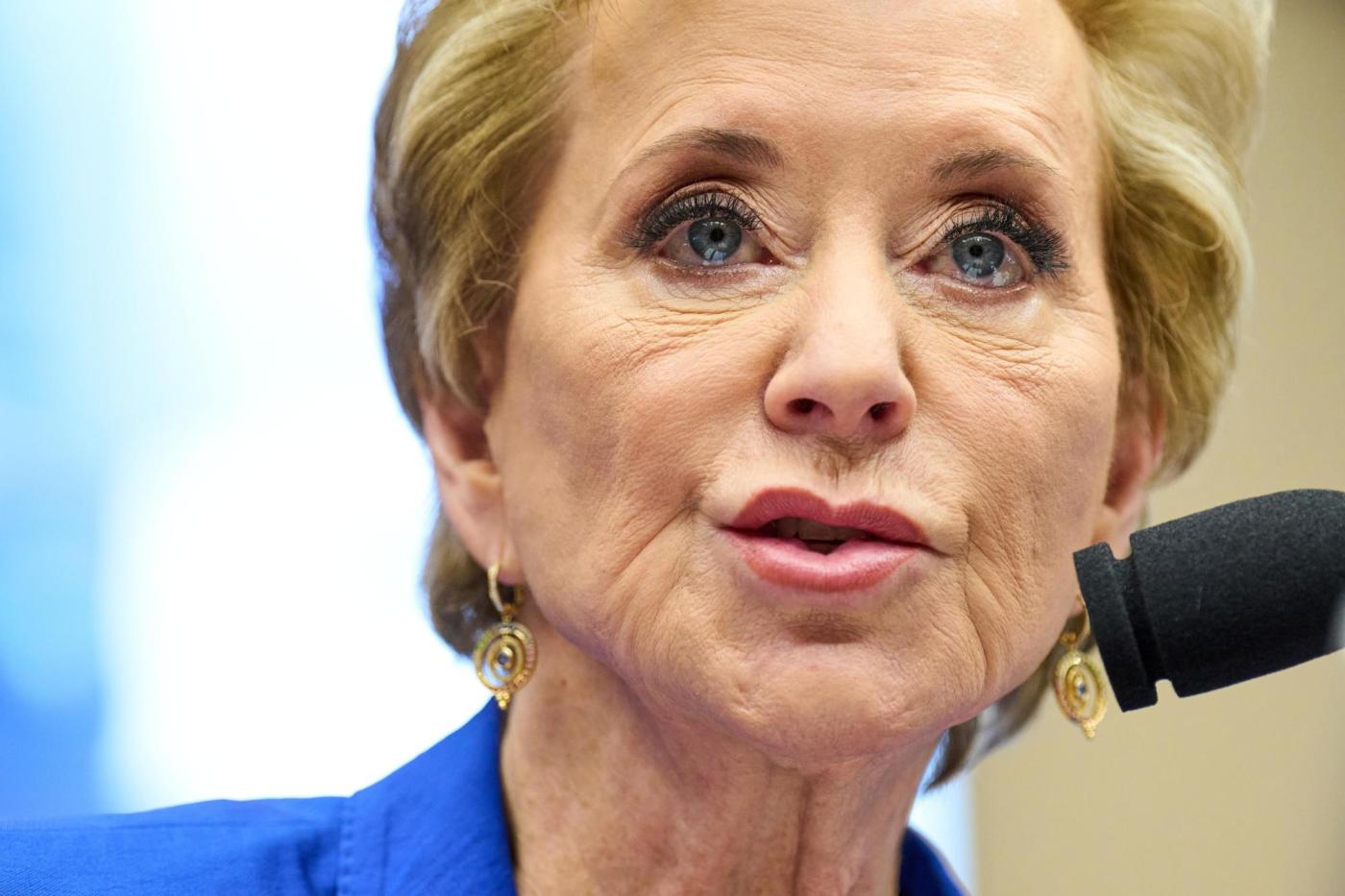Impact of Interest Accrual on Student Loan Borrowers
Starting August 1, nearly 7.7 million student loan borrowers enrolled in a Biden-era repayment plan will begin to see interest accrue on their loans again. This change was announced by the U.S. Department of Education (DOE) and is intended to comply with a federal injunction. The decision has sparked significant concern among borrowers who were previously benefiting from a period of zero interest due to legal challenges against the Saving on a Valuable Education (SAVE) Plan.
Legal Challenges and Policy Changes
The SAVE Plan was created as an income-driven repayment option that offered potential loan forgiveness for some borrowers. However, this plan faced multiple legal hurdles. In June 2023, the Supreme Court struck down the Biden administration’s federal student loan forgiveness program. Then, in June 2024, a federal court blocked parts of the SAVE Plan, leading to a period of forbearance where borrowers did not accrue interest. Another federal district court injunction in April further challenged the plan, though it did not explicitly declare the interest forbearance illegal.
In response to these legal developments, the DOE has decided to restart interest accrual on loans under the SAVE Plan to comply with the latest ruling. This move has raised concerns among borrowers, many of whom are now facing increased financial burdens.
Reactions from Advocacy Groups
Advocacy groups have criticized the decision, arguing that it places an unfair burden on borrowers. The Student Borrower Protection Center (SBPC) estimated that the typical borrower could face an additional $300 per month in interest charges. Mike Pierce, executive director of SBPC, accused the Education Secretary of blaming unrelated court cases for her own mismanagement. He pointed out that many borrowers had been eager to exit the forbearance period and regain control of their finances.
Pierce emphasized that the affected borrowers—teachers, nurses, and retail workers—had placed their trust in the government, only to be met with unexpected financial strain. He described the situation as a “wealth grab” from working families, highlighting the emotional and financial toll on individuals who relied on the previous terms of the plan.
Guidance for Borrowers
The DOE has urged all SAVE Plan borrowers to transition to a legally compliant repayment plan, such as the Income-Based Repayment (IBR) Plan. According to the department, those remaining in the SAVE Plan may lose access to important loan benefits and cannot make progress toward loan discharge programs.
To assist borrowers, the DOE will begin direct outreach on Thursday, providing instructions on how to move to a different repayment plan. It is also worth noting that retroactive interest will not be added to the loans, which offers some relief to affected borrowers.
Available Resources and Next Steps
The DOE encourages borrowers to use the “Loan Simulator” tool to analyze and choose from available repayment plans. Those who have not yet submitted an Income-Driven Repayment (IDR) application are urged to do so as soon as possible. The department also mentioned that it continues to make progress on addressing a backlog of about 2 million IDR applications, with approximately 80,000 processed in April alone.
This development comes just days after the president signed the One Big Beautiful Bill Act, which restricts enrollment in certain student loan payment programs like Pay As You Earn and Income-Contingent Repayment. The bill introduces a new Repayment Assistance Plan available to borrowers starting in July 2026, which aims to overhaul the existing IDR plans.
Conclusion
As the landscape of student loan repayment continues to evolve, borrowers must remain informed and proactive in managing their financial obligations. The recent changes highlight the importance of understanding the various repayment options and seeking guidance when needed. With ongoing legal challenges and policy shifts, the future of student loan relief remains uncertain, but resources are available to help borrowers navigate this complex system.







